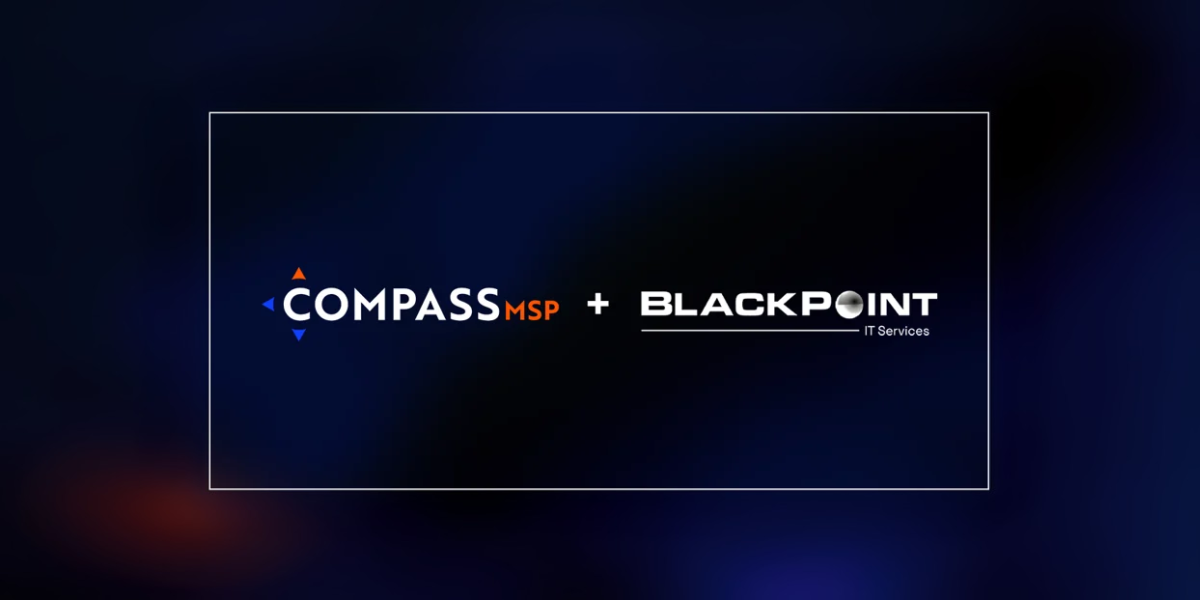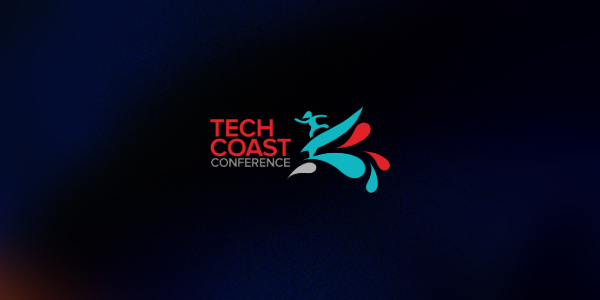From cybercrime to unscheduled downtime, risks and threats are just as much of a problem for small and medium-sized companies as they are for large corporations. Here’s why developing a risk management framework is so vital to staying in control of your business – and here are some tips for drafting your own strategy.
Why a risk management framework is important
The reality is that downtime, on average, costs between $300,000 and $400,000 per hour. According to recent studies, at least 51 percent of costly downtime is avoidable with the right risk management strategy. Risk management is so important, because it allows you to plan for disasters and other causes of downtime.
With careful planning, you can mitigate the financial and reputation costs associated with downtime, cybercrime, and system failures. It all comes down to your risk management framework.
7 Steps to creating your risk management framework
Creating your risk management framework is simpler than it seems. To help you get started, here are some of the key steps:
1. Set goals
Establish clear objectives with an IT expert for your risk management framework. Understand what you’re trying to achieve and why it’s important. This helps to keep your framework relevant to your business and your specific needs.
2. Identify your major threats
Consider the risks and threats that your company faces. These risks may vary by your industry. For example, if you’re in healthcare, data breaches that may compromise patient information are a major possible risk. Once you’ve identified the risks facing your company, you can move on to the next stage.
3. Rank the risks and prioritize them
Risks come in different forms. Any breach that affects your clients’ data is of great concern. Some natural disasters are more likely to affect your business than others. For example, if you operate in a region prone to earthquakes or natural disasters, safeguarding your data and your infrastructure is a major concern.
4. Establish processes
Decide how you’ll tackle each threat and establish processes for dealing with them. Here is where an IT expert plays a key role. For example, if cybersecurity is a major concern, set up regular network monitoring and ascertain how you’ll keep your security software up to date.
5. Undertake procedural testing
Risk management strategies are only effective if you know that they are working. To assess this, it’s important to test your threat response time for problems like malware infiltrating systems, or data backup in case of a power failure.
Finally, make sure employees understand what to do if they discover a problem. Don’t leave anything to chance – there’s no such thing as overpreparing for risks.
6. Review regularly
The next step for creating a basic risk management framework is establishing an audit and review procedure. You and your IT expert must review the risks affecting your business at regular intervals, particularly before and after periods of growth or transition.
It's also important to establish procedures for auditing your existing security and risk management protocols, assess for effectiveness, and then amend them if they’re no longer working as needed.
Finally, make sure you have a proper reporting procedure in place. Keep your managers and key personnel informed of any updates to your risk management protocols and ensure they’re fully aware of any potential or emerging risks and how to deal with them.
7. Take action
Risk management is critical for any business. An effective risk management framework can help you streamline your operations, minimize downtime, and reduce wasted resources. For more information on risk management and developing a framework for your business, contact us today.
GET STARTED ON YOUR RISK MANAGEMENT FRAMEWORK. REQUEST A NO-OBLIGATION CONVERSATION TODAY TO LEARN MORE.






